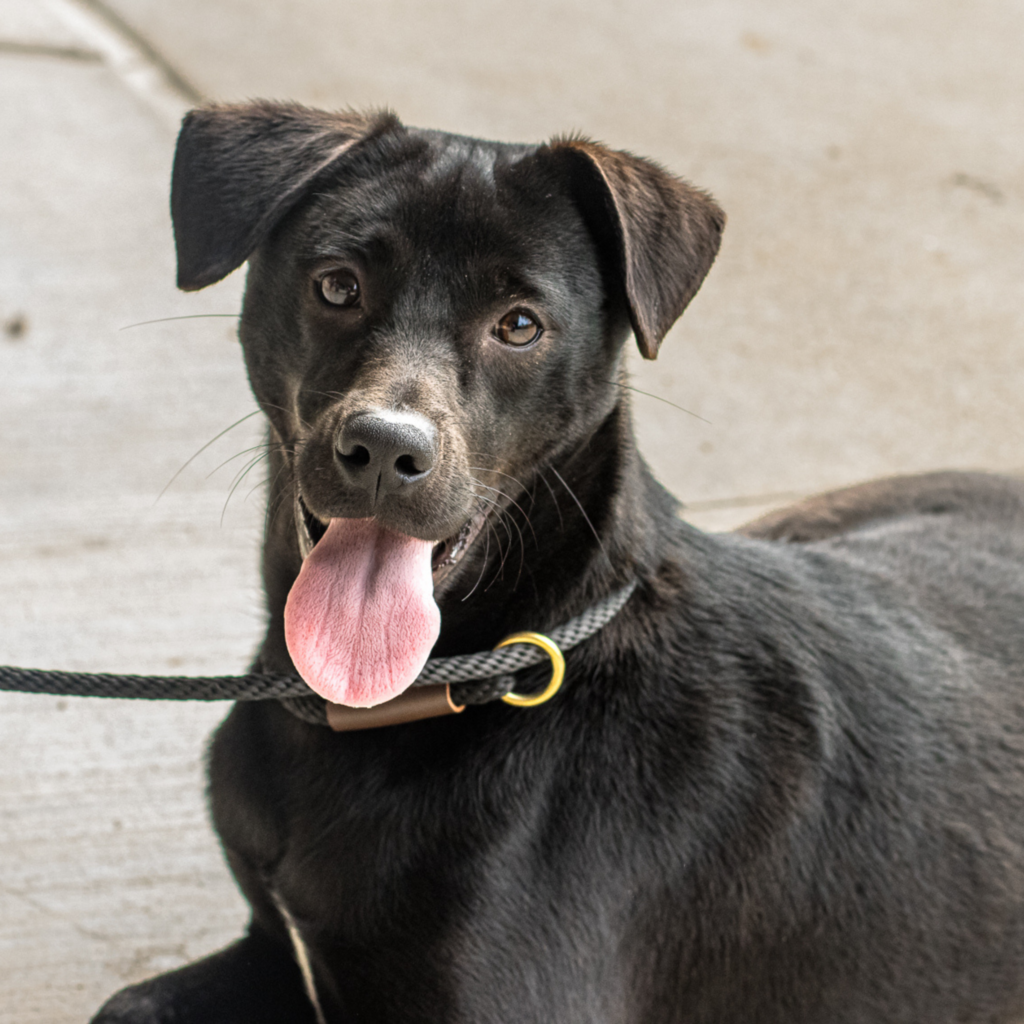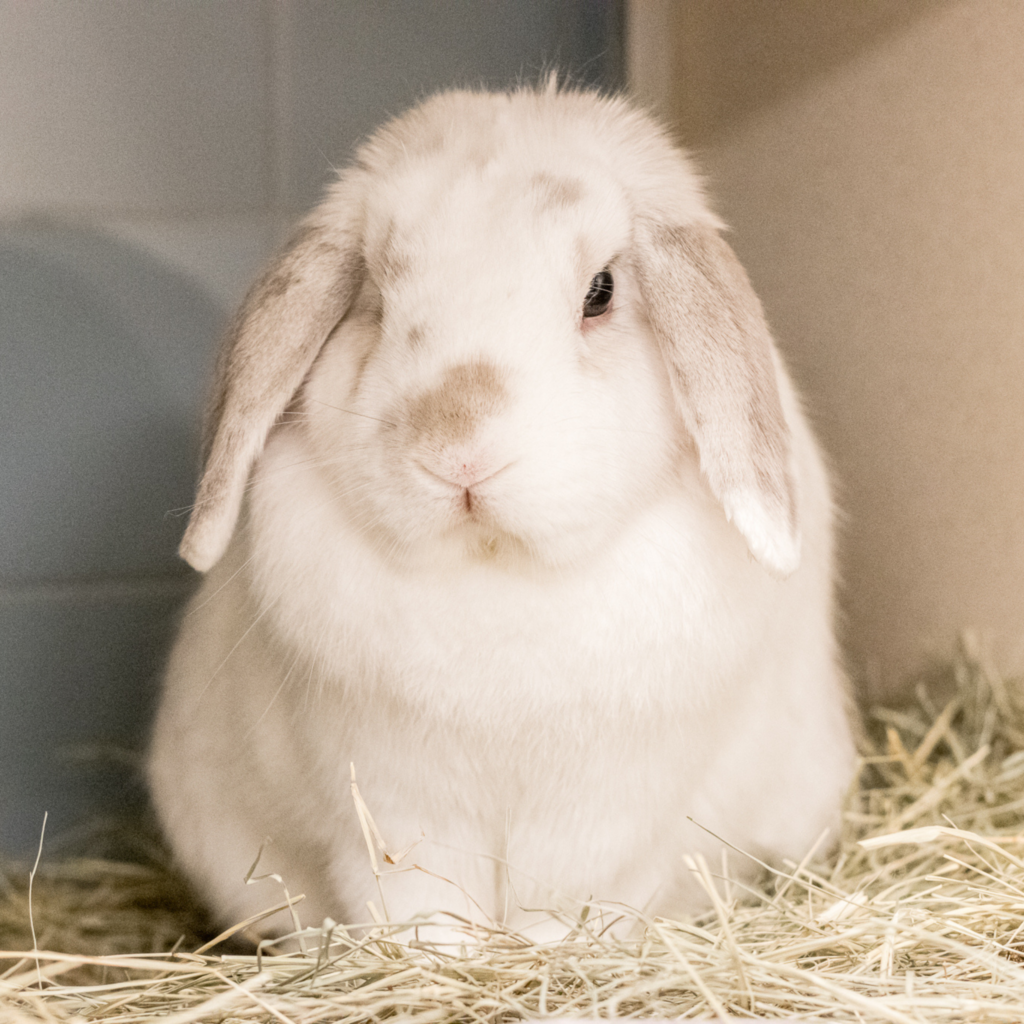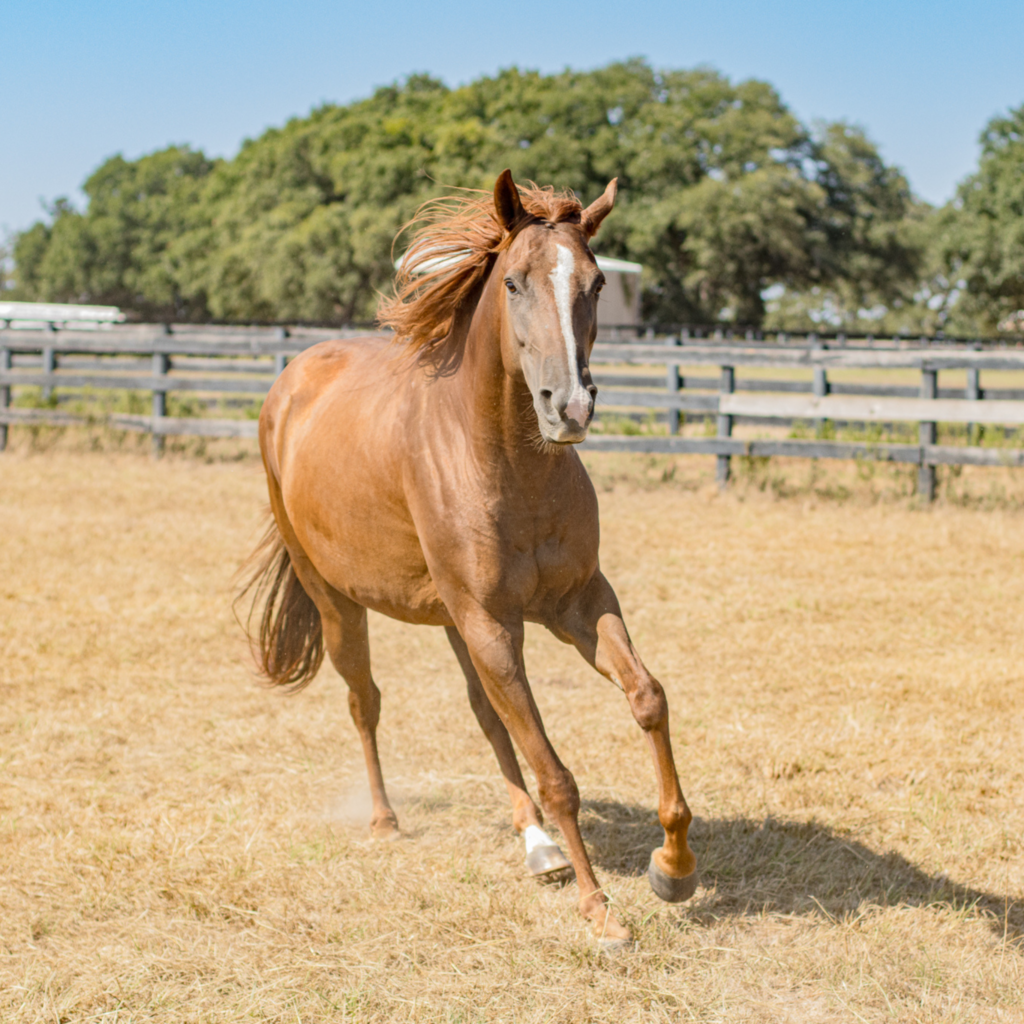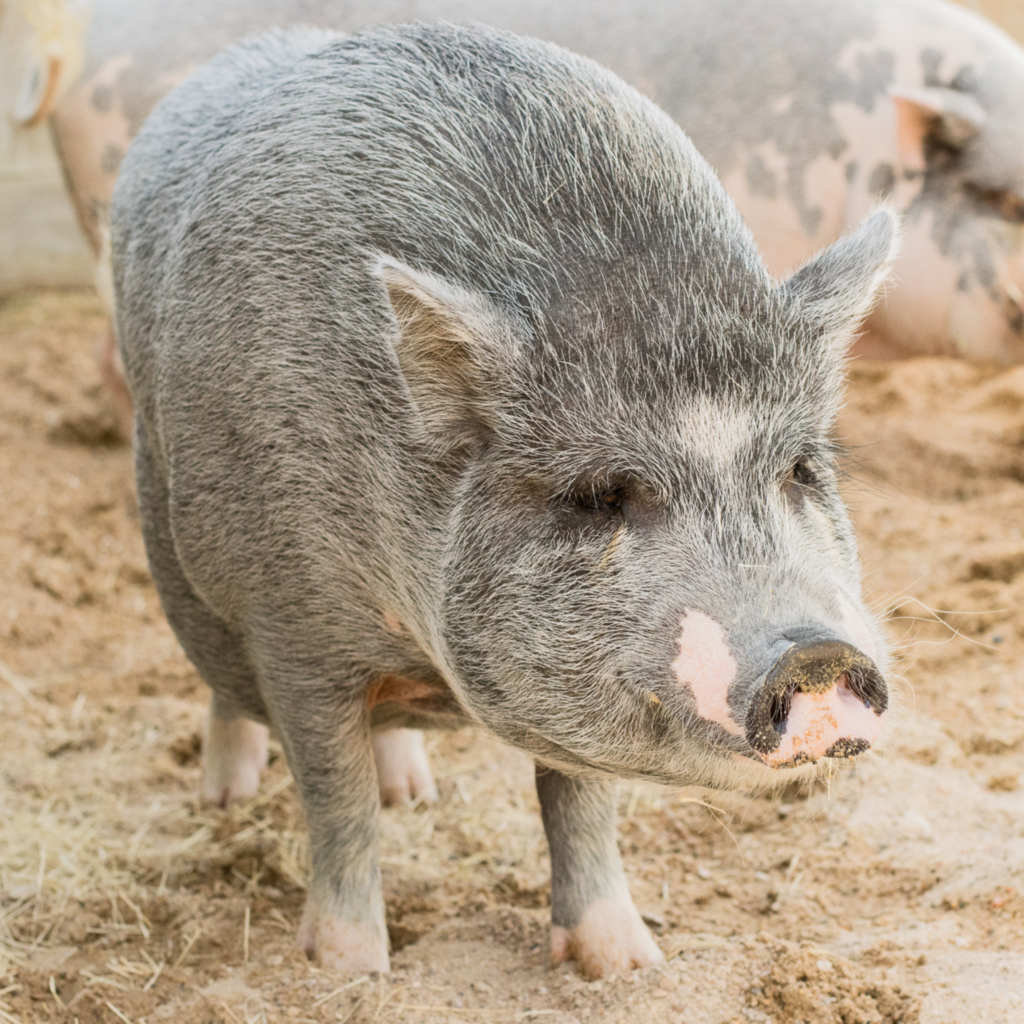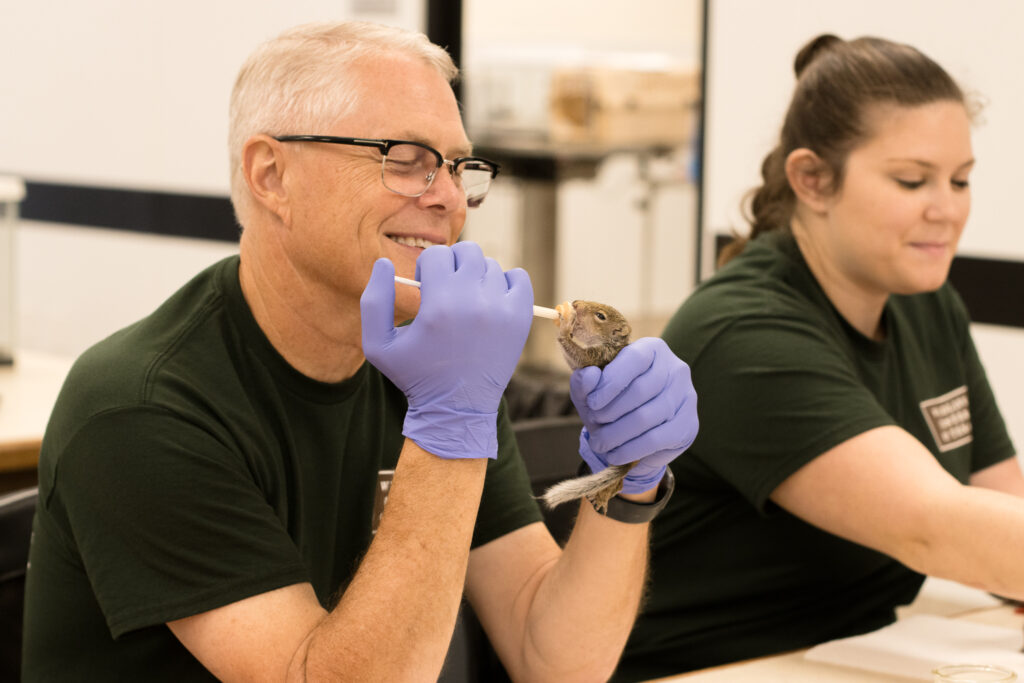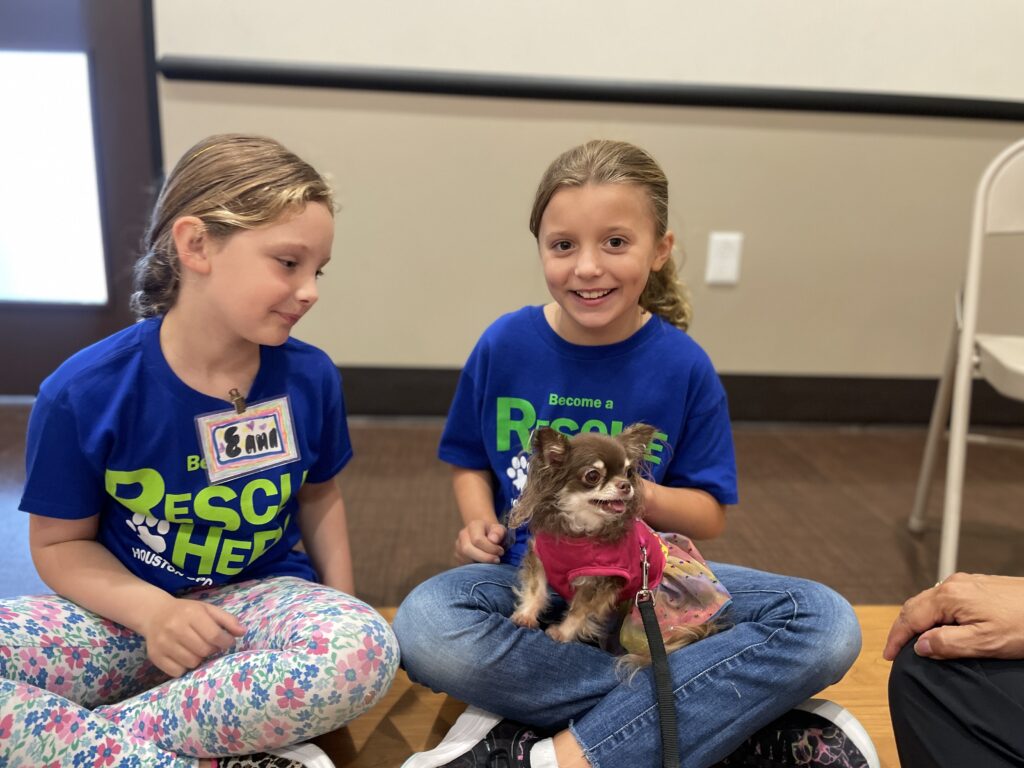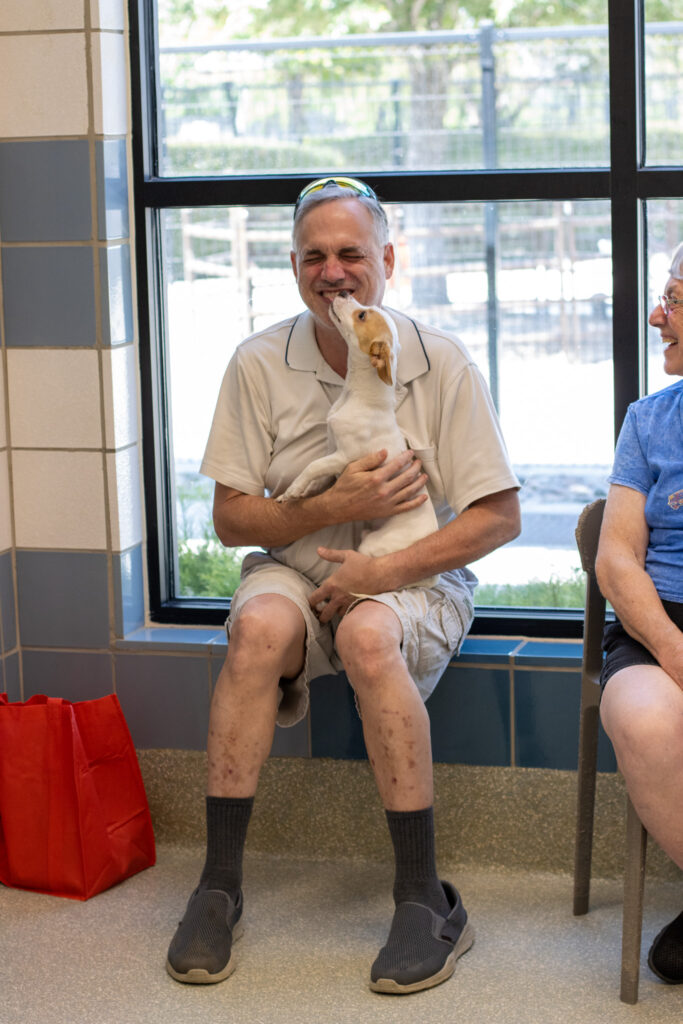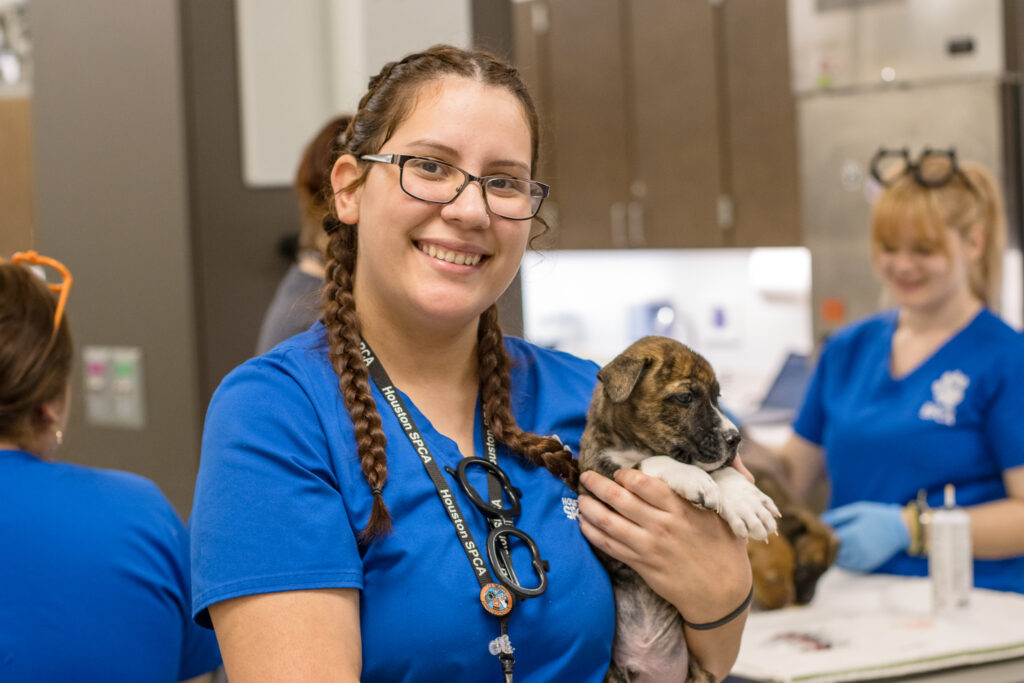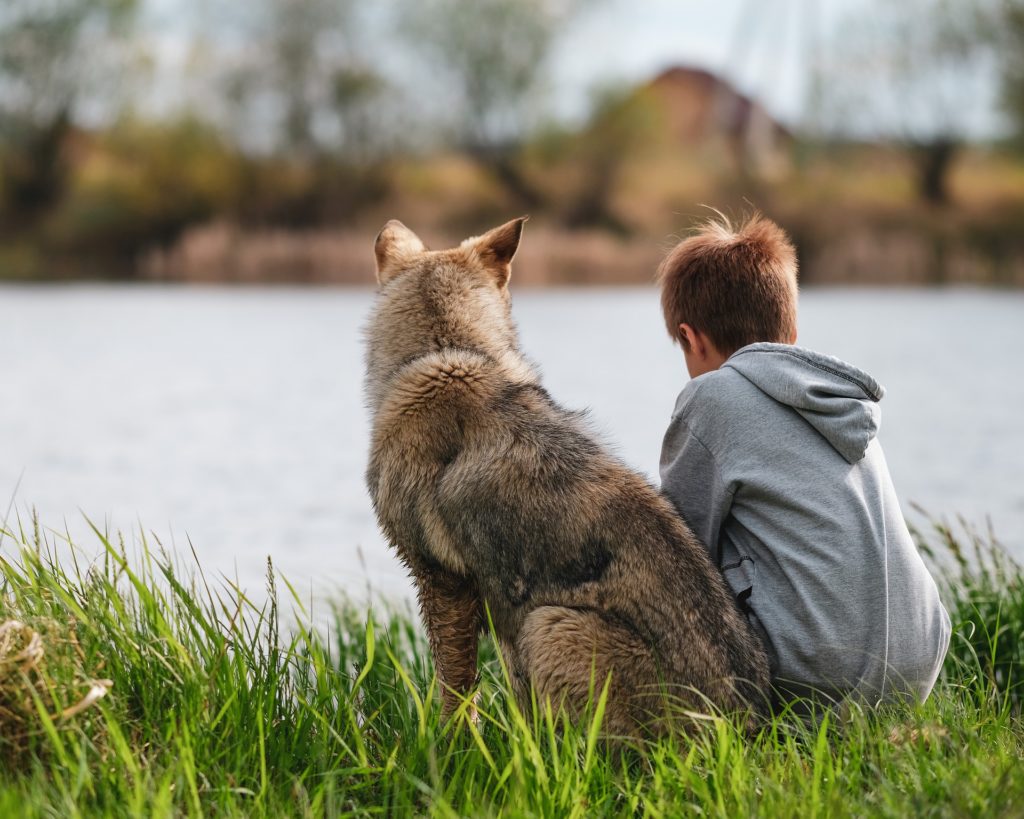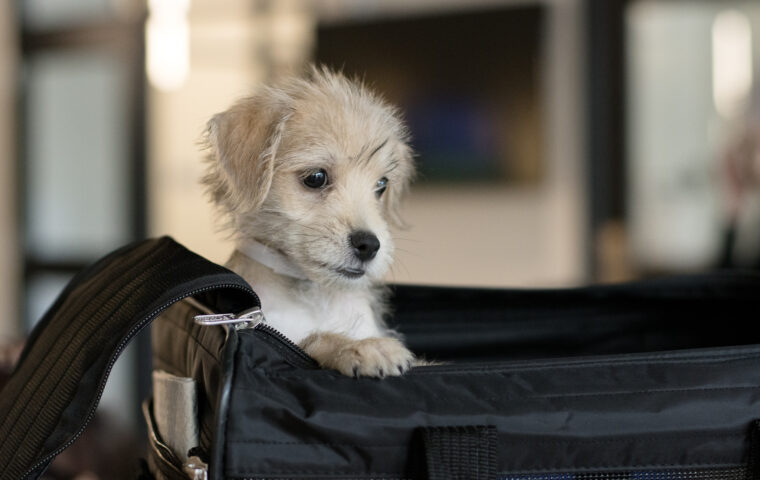(March 2, 2022)
Whether you have young children already in your home excited to bond with a new furry addition or are expecting the arrival of a little one soon, it’s important to prepare to ensure the safety of your children and pets.
Teaching Children Pet Safety
Important Lessons to Teach
- Be gentle. Do not physically punish, tease, or play rough with pets. Also, avoid tugging on leashes or collars, or touching/approaching the animal’s face.
- Supervise interactions. If your child is very young, it important to teach them how to gently approach and handle an animal. However, always be sure to monitor interactions as it can be difficult for young kids to learn this restraint fully until later.
- Watch for warning signs. Be on the lookout for signs of distress from animal. Teach your child to look for them, too. A dog that is fearful, shaking, or has its tail tucked should be allowed to retreat. Aggressive signs like growling, staring, or hackles raised means they need to be still and quiet until the dog can be safely removed. Avoid eye contact with the animal.
Interacting with Strange Pets
- Animals have different personalities. Your pet at home may have proven to be tolerant and patient with children. However, it doesn’t mean another family’s pet will react the same.
- Ask permission. If your child sees an animal in public or in someone else’s home, they should never approach them without first asking for permission from the owner.
- Gentle approach. This applies to all animals, but don’t approach animals in their face or head on. Offer a sniff and a gentle pat on the side or back. Allow the animal space if it seems uncomfortable with the contact.
The bottom line, peaceful coexistence with children and pets can be achieved by teaching that an animal’s space must be respected.

Introducing a New Baby to Your Pet
If your pet has never been exposed to or socialized with children, it can be hard to predict how they’ll react to a new arrival. If they have previously interacted with children and exhibited signs of fear, stress, or aggression, work with a veterinary behaviorist to assess the situation leading up to the day you bring your baby home.
Preparing for a New Arrival
- Familiarize your pets with changes in routine. You should gradually introduce changes in your pet’s schedule, exercise, feeding time, etc. before your baby comes home. For example, set up times for one-on-one time with your pet that you’ll be able to keep up with after the baby arrives. If there are any areas your pet will not be able to access once the baby arrives, begin restricting them from these areas in advance.
- Address behavior issues. Work with your pet on any problems that need addressing beforehand. Brush up on their obedience training. Your dog might be friendly towards the baby, but still have good manners.
- Crate train. Be sure your pet is calm and comfortable with being confined in their own area. This is a skill that will come in handy with many visitors coming in and out and the changes that come with a new baby.
- Allow exploration. Give your pet time to investigate and become familiar with the nursery. Reward with treats.
- Gradual changes. Slow adjustments are critical. Even if your pets exhibit some anxiety during these rehearsals, they will not attach that anxiety exlusively to your new baby when the time comes.
Bringing Your Baby Home
- Keep things positive. Reward all calm interactions with the baby. You want your pet to learn that positive things, like attention and treats, more likely to happen when the baby is around. You don’t want your pet to connect the baby with being ignored or sent away. Therefore, be sure to offer play, attention, and food when the baby is in the room.
- Continued supervision. Keep up a positive routine and continue to monitor interactions, especially as the baby grows and begins to crawl and toddle.
ADOPT: Browse our available pets!
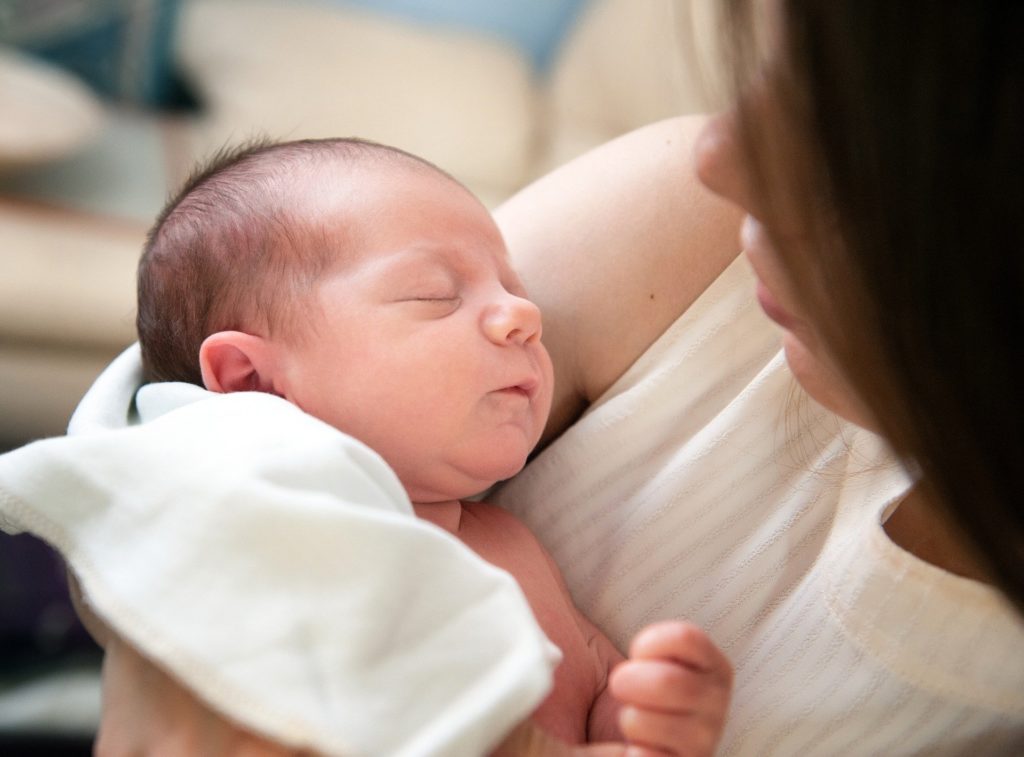
Congratulations! By taking a calm and careful approach, you’re setting your children and pets up for a lifetime of friendship! Not only will your pets become loyal companions to your kids, but your kids will also learn how to better love and respect animals.
To report animal cruelty, call 713-869-SPCA (7722) or file a report online.





